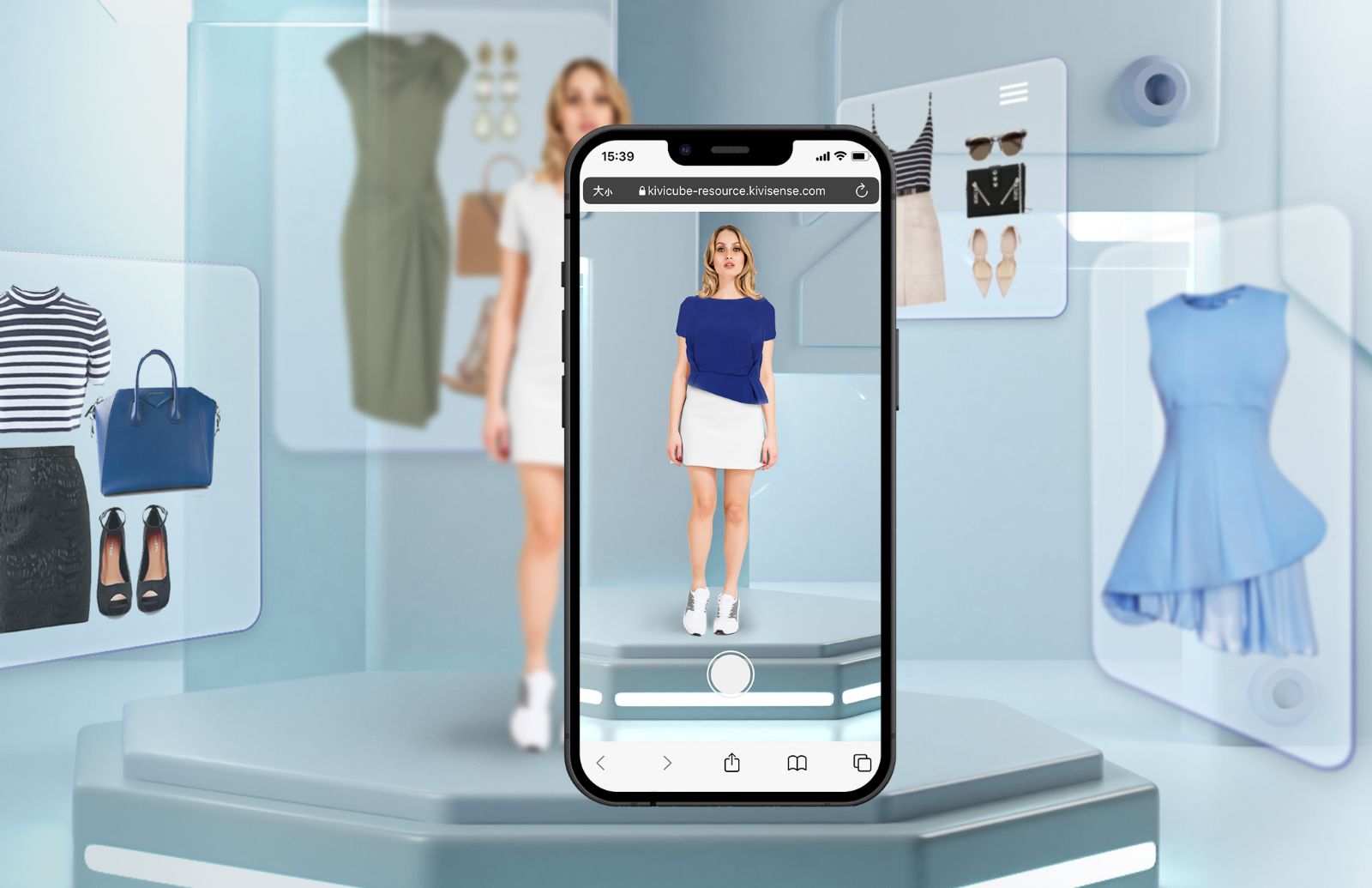Augmented Reality (AR) is reshaping how consumers shop online, bridging the gap between physical and digital worlds. By integrating AR into online retail, businesses can offer shoppers an engaging, interactive, and immersive experience that simplifies decision-making and enhances satisfaction. Here’s a look at how AR is revolutionizing online shopping:
1. Virtual Try-On
One of AR’s most popular uses is allowing customers to virtually try on products such as clothing, accessories, or cosmetics. Shoppers can see how a particular item fits or looks on them without physically visiting a store. This technology personalizes the shopping experience, ensuring customers make more confident decisions.
Example:
AR-powered apps let users try on glasses, see how a lipstick shade matches their skin tone, or try different clothing styles, all through their smartphone cameras.
2. Product Visualization in Real Spaces
AR takes product visualization a step further by letting customers see how items, such as furniture or home decor, would look in their own homes. This eliminates doubts about the size, fit, or style of a product, boosting the likelihood of purchase.
Example:
A shopper can use AR to place a virtual couch in their living room or see how a new car would look parked in their driveway before making a final decision.
3. Interactive Product Information
With AR, shoppers can access detailed product information in an interactive format. By scanning an item or its packaging, users can view specifications, customer reviews, product demo videos, and even related product recommendations. This feature ensures that consumers have all the necessary information at their fingertips.
Example:
Scanning a product at home or in-store could provide real-time data about its features, similar items, or customer ratings to help in making an informed decision.
4. Virtual Showrooms
Retailers are using AR to create virtual showrooms, offering a more immersive shopping experience. Customers can explore products in 3D, rotate them, and view details from different angles, giving them the feeling of being in a physical store without leaving their homes.
Example:
A customer browsing for a new kitchen appliance can interact with 3D models of various products, check dimensions, and evaluate them in a virtual kitchen setting.
5. Gamification of the Shopping Experience
AR can add fun elements to shopping by incorporating games or treasure hunts into the experience. Retailers can offer special discounts or rewards for engaging in AR-based activities, creating a memorable and enjoyable experience that encourages repeat visits.
Example:
A store might have customers search for virtual objects using their smartphone cameras, unlocking special discounts when they find them.
The Benefits of AR for Online Shopping
AR technology provides several key benefits that elevate the online shopping experience:
Enhanced Visualization
Customers can see exactly how products look in real-world settings, reducing the chances of dissatisfaction with size, color, or style.
Increased Engagement
AR immerses users in a more interactive shopping experience, allowing them to actively engage with virtual elements, such as trying different product configurations or styles.
Reduced Product Returns
By providing realistic previews, AR helps customers make more informed decisions, which reduces the chances of product returns due to incorrect sizing or misjudged purchases.
Personalized Recommendations
AR can analyze user data and preferences, offering personalized product suggestions that align with their interests, leading to higher conversion rates.
Increased Confidence
AR provides customers with realistic representations of products, building confidence in their purchase decisions.
Improved Product Education
AR-enabled devices can offer detailed information, such as product usage instructions or technical specifications, directly through the shopping platform.
Enhanced Brand Experience
AR helps brands stand out by providing an innovative and engaging shopping experience, which can leave a lasting impression and encourage customer loyalty.
How to Use AR for Online Shopping
Here’s a simple guide on how to use AR technology while shopping online:
Step 1 – Ensure Compatibility
Make sure your device supports AR, typically available on most modern smartphones and tablets.
Step 2 – Download an AR Shopping App
Look for apps that offer AR shopping features, either through a retailer’s app or dedicated AR shopping platforms.
Step 3 – Scan Your Surroundings
Use the app to scan your surroundings, creating a virtual space where products can be accurately scaled and placed.
Step 4 – Browse and Select Products
Choose items from the app’s virtual catalog and see how they would appear in your home or on your person.
Step 5 – Preview the Product with AR
Activate AR mode and view the virtual product in real time within your environment using your device’s camera.
Step 6 – Adjust and Finalize
Move, resize, and rotate the virtual product until it fits your space or style.
Step 7 – Make Your Purchase
Once satisfied, proceed to checkout and complete your purchase directly through the app.
AR technology is transforming online shopping by making it more immersive, interactive, and enjoyable. With features like virtual try-ons, product visualization, and personalized recommendations, AR helps retailers engage with customers more effectively and improves the overall shopping experience. By embracing AR, businesses can differentiate their brand, reduce return rates, and increase customer satisfaction, all while driving sales.
For those looking to enhance their shopping experience, AR technology offers endless possibilities for making informed decisions and enjoying a new level of convenience and personalization.
